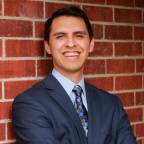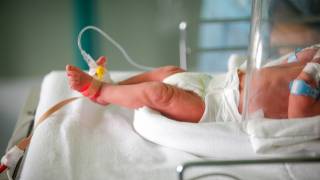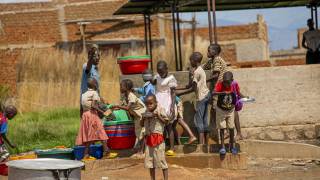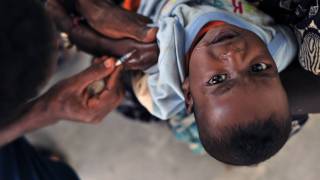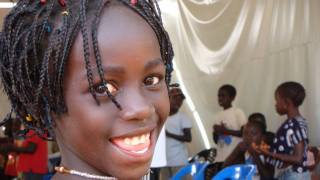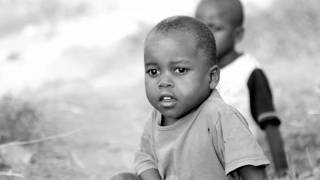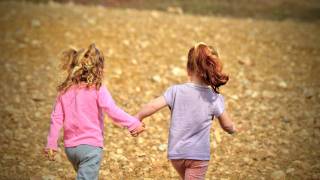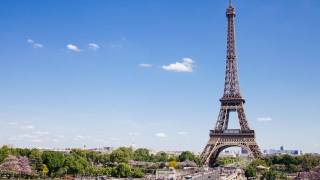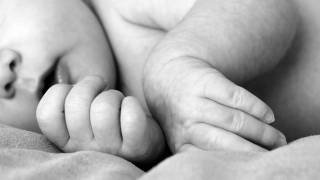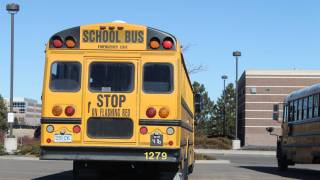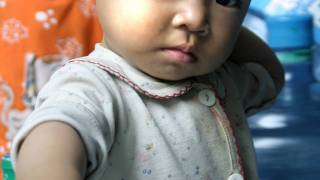Vaccination Exemptions, From Medical to Religious
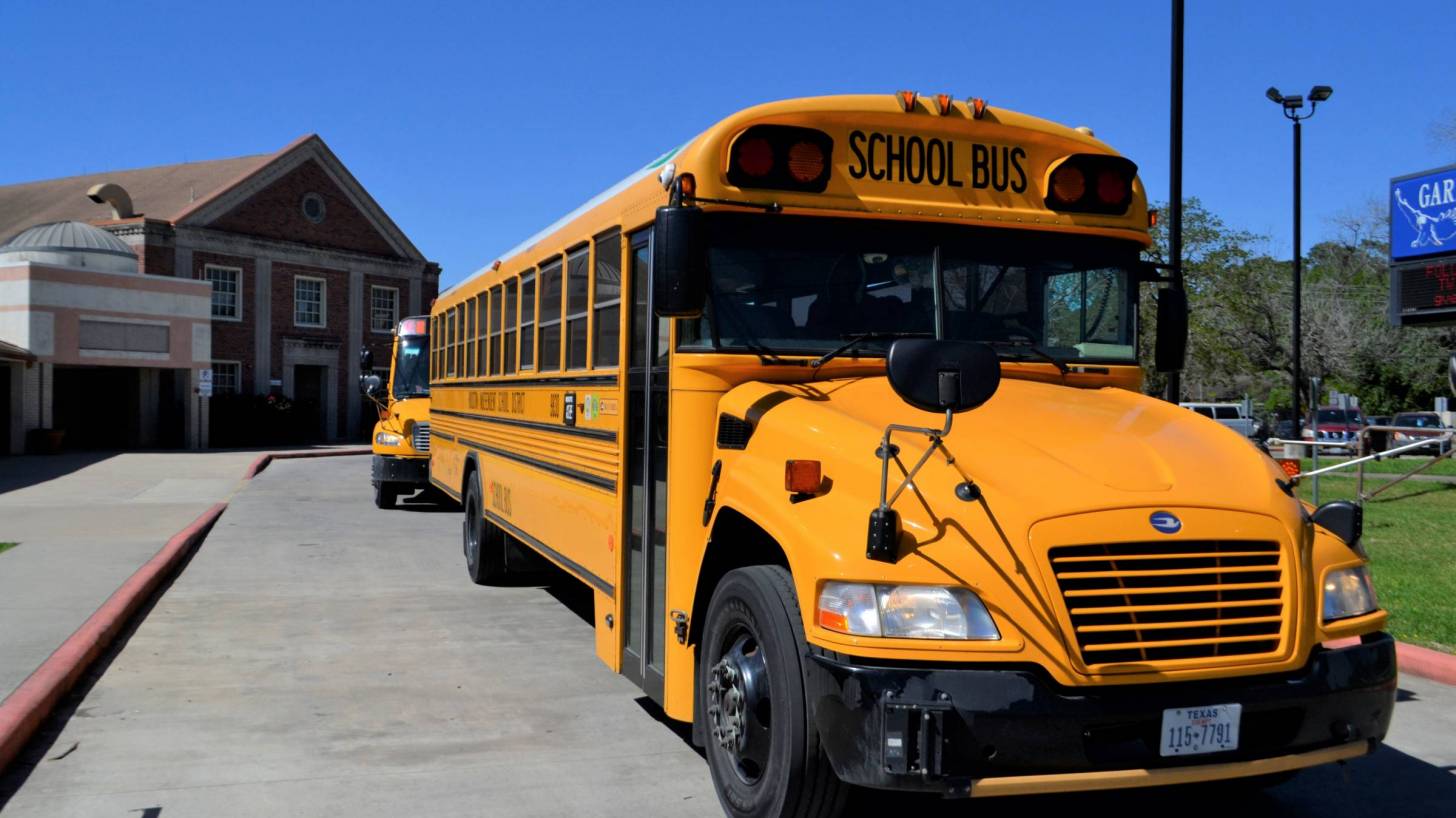
A new study found that after state legislators outlawed personal belief vaccine exemptions, there was a 7-fold increase in the percentage of kindergartners with religious exemptions.
This analysis suggests ‘religious vaccination exemption rates appear to be a function of personal belief exemption availability.’
This study was published in Pediatrics on November 4, 2019, reporting vaccine exemptions in Vermont increased from 0.5% percent during the 2011-2012 school year to 3.7% during the 2017-2018 school year.
Overall, non-medical exemptions fell 2 percent in Vermont, down from 5.7 percent, during this study.
“We interpret that as evidence of a replacement effect,” said Joshua T. Williams, M.D., lead study author, and pediatrician at Denver Health Medical Center, in a related press release.
While this study identified a correlation, there was not a cause-and-effect scenario discovered.
These researchers analyzed the Centers for Disease Control and Prevention (CDC) data on exemptions for children entering kindergarten from 2011 to 2018, including 295 state-years in the final analysis. Using quasi-binomial regression analysis, they compared mean proportions of kindergartners with religious exemptions in states allowing both non-medical exemptions against states with religious exemptions only, adjusting for policy strength and school year.
Forty-five states permit religious exemptions to school immunization laws and 15 allow personal belief exemptions. Updated religious exemption estimates are lacking, and it is unclear if personal belief exemption availability impacts religious exemption rates.
Vermont was not an outlier in that group. In 2014, Vermont was ranked among the least religious state in the country.
Previous studies document a vaccine exemption replacement effect in other settings after policy changes.
In 2016, California eliminated all non-medical exemptions. Researchers then studied the rate of medical exemptions in California before and after the legislative change, finding that medical exemptions decreased in the 1st year after the change.
However, by the 2nd year, medical exemption rates rose.
Furthermore, geographic analyses showed that the areas in California with rising medical exemption rates coincided with areas that previously had high rates of non-medical exemptions.
Dr. Williams ‘worried about the unintended consequences of an uptick in religious exemptions as Americans simultaneously become less religious.’
“If we obscure why parents are (seeking vaccine) exemptions, we are losing transparency,” he said.
“A sudden increase might alienate religious communities, and even alienate leaders in communities who are otherwise pro-vaccine.”
“The vast majority of parents believe that vaccines are safe and effective,” Dr. Williams concluded.
Related vaccine exemption news
Recently, childhood immunization trends during the 2018–19 academic year were found to show that the vaccine exemption rate for kindergarteners rose for the 3rd consecutive year.
But, there is some good news as well.
The national coverage for 3 basic vaccines (MMR, DTaP, and Varicella) remained near 95 percent. This new data was published on October 17, 2019, in the latest issue of Morbidity and Mortality Weekly Report.
The CDC says any vaccine can cause side effects, which should be reported to a healthcare provider asap.
Vaccine news is published by Precision Vaccinations
Our Trust Standards: Medical Advisory Committee


